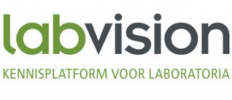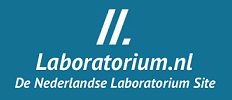We developed a ‘receptomics’ method involving reverse transfection of human cells with a printed array of receptor DNA, imaging of the array by stereo microscopy in a flowcell, real-time monitoring of calcium ion fluctuations in response to injected samples, and automated statistical analysis of receptor responses. This principle was applied to neurotransmitter, hormone and taste receptors. Compared to existing microtiterplate systems receptomics may become more efficient and economical for screening off-target effects of pure compounds, and the discovery of bioactivities in complex extracts. The sequential injection format allowed the development of powerful spot-based statistical models to discriminate between the commonly observed host cell response and the superimposed, but ‘hidden’ specific receptor response. The effectiveness of our tongue-on-a-chip to recognize taste differences in complex extracts like tomato juice and coffee will be shown.
Maarten Jongsma, Wageningen Plant Research, Wageningen University and Research
























